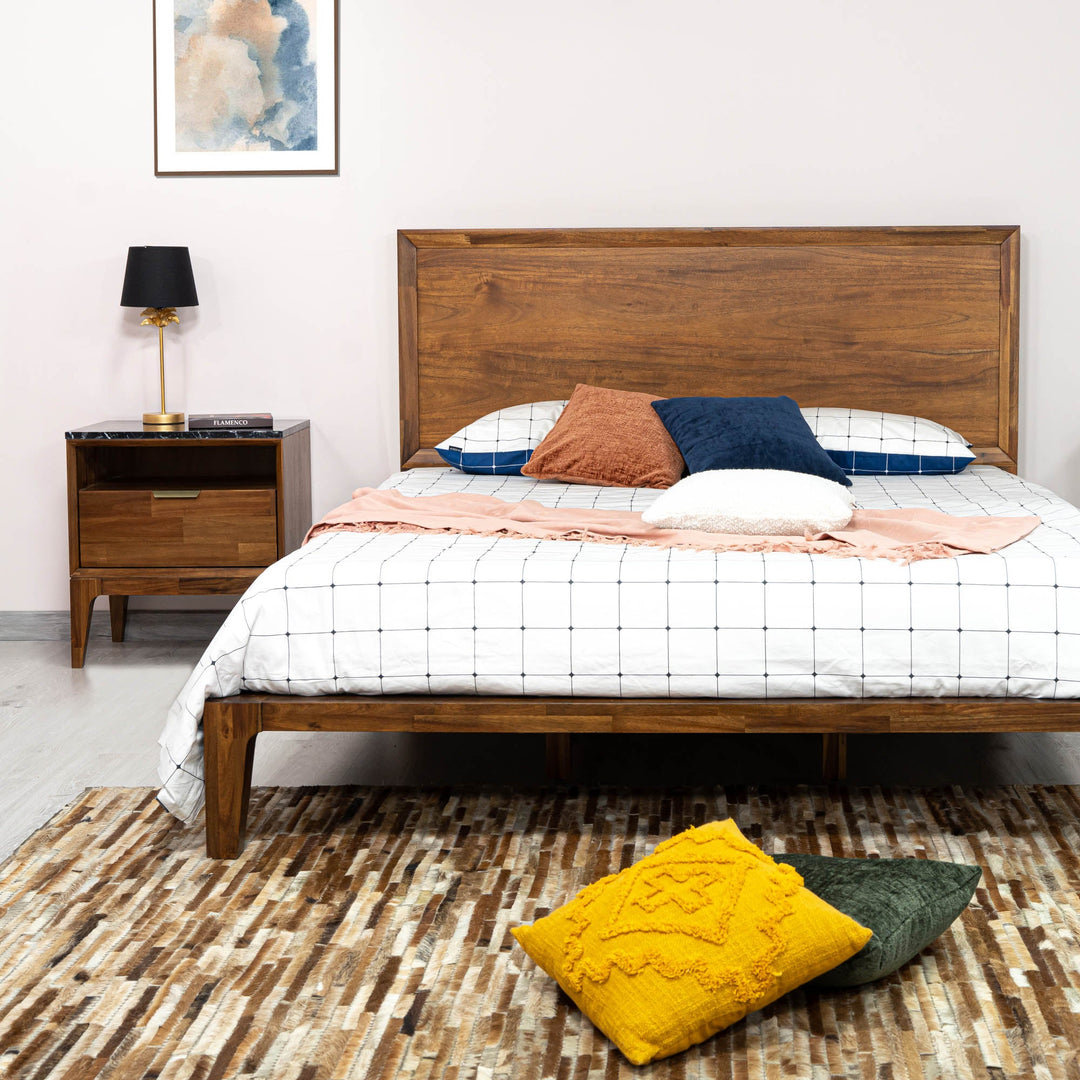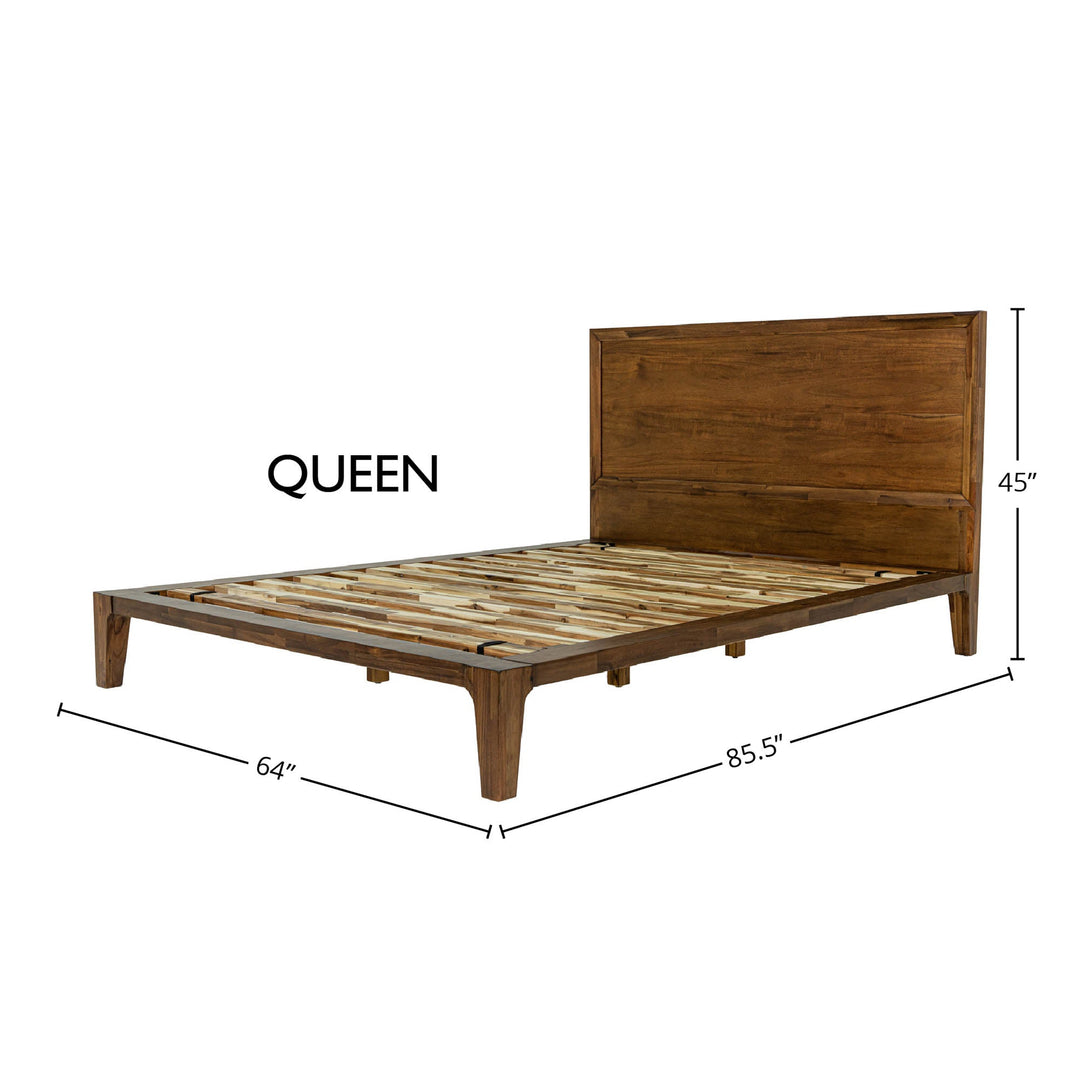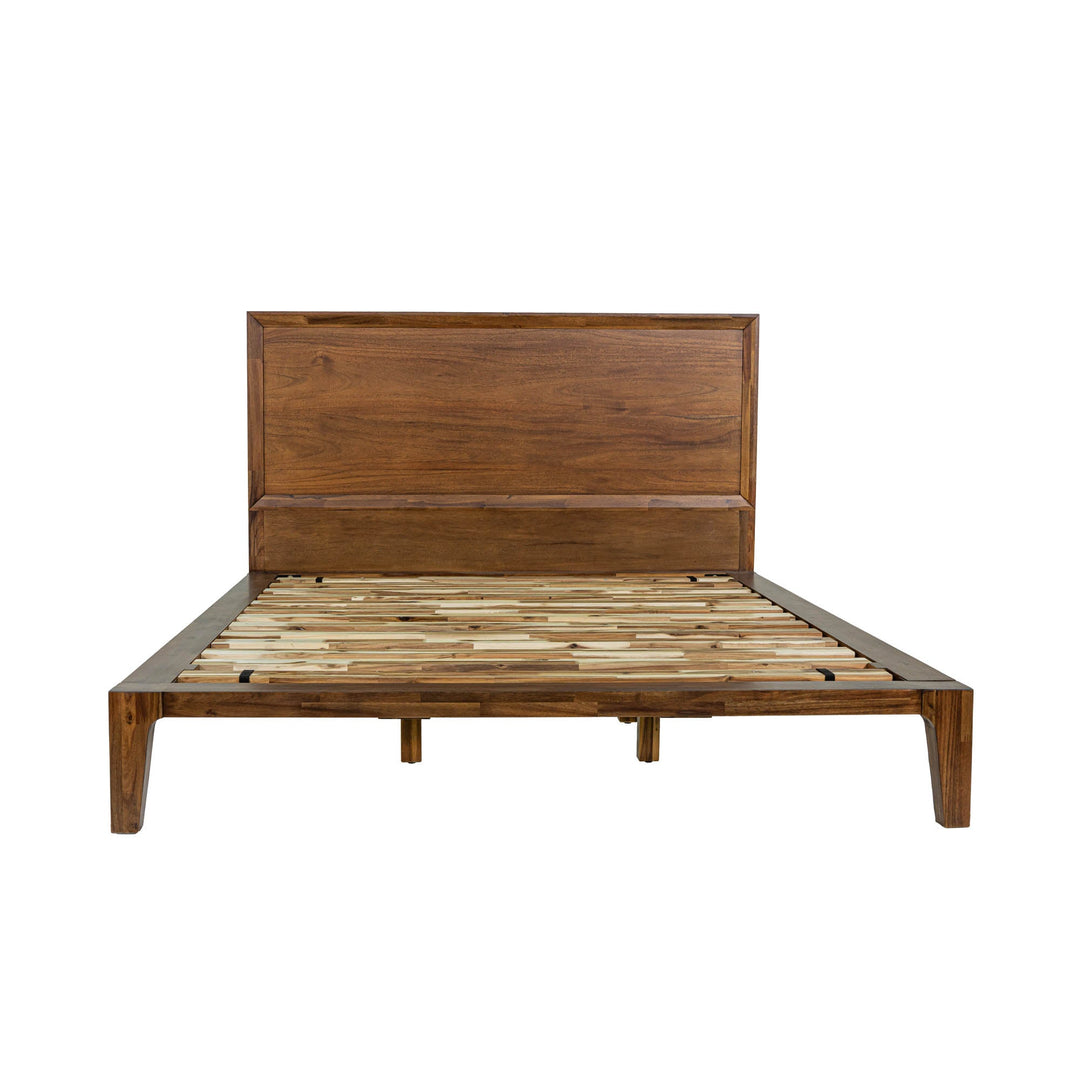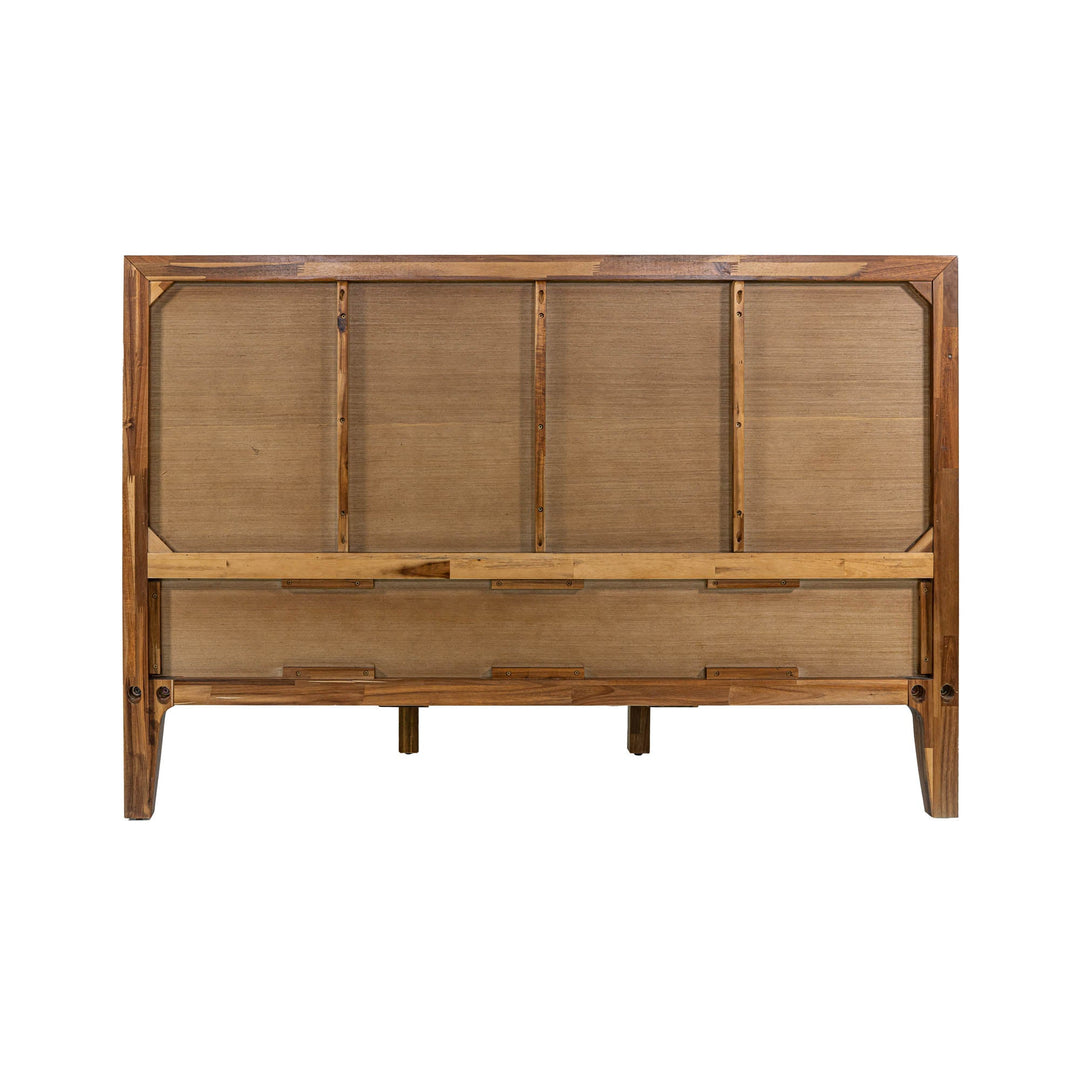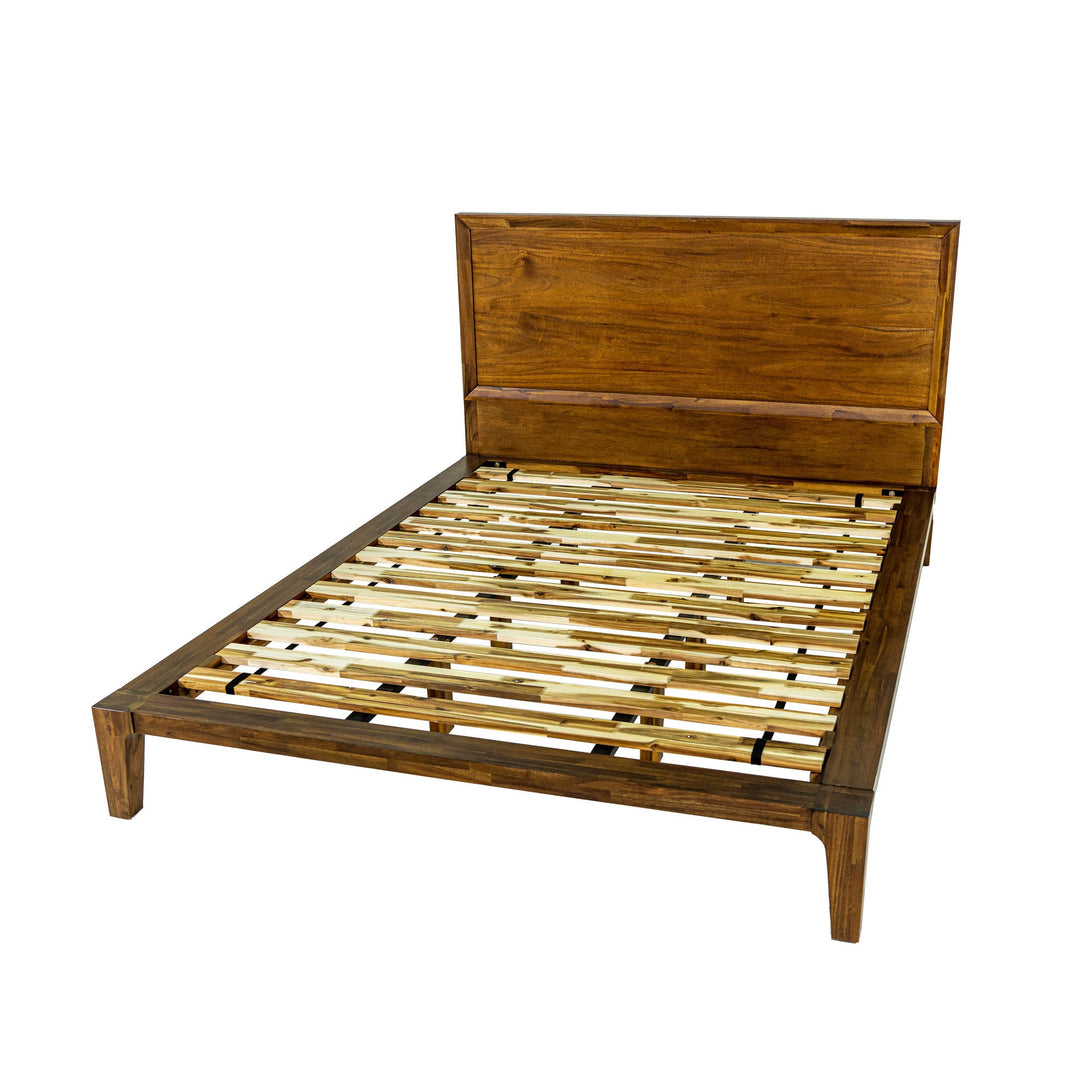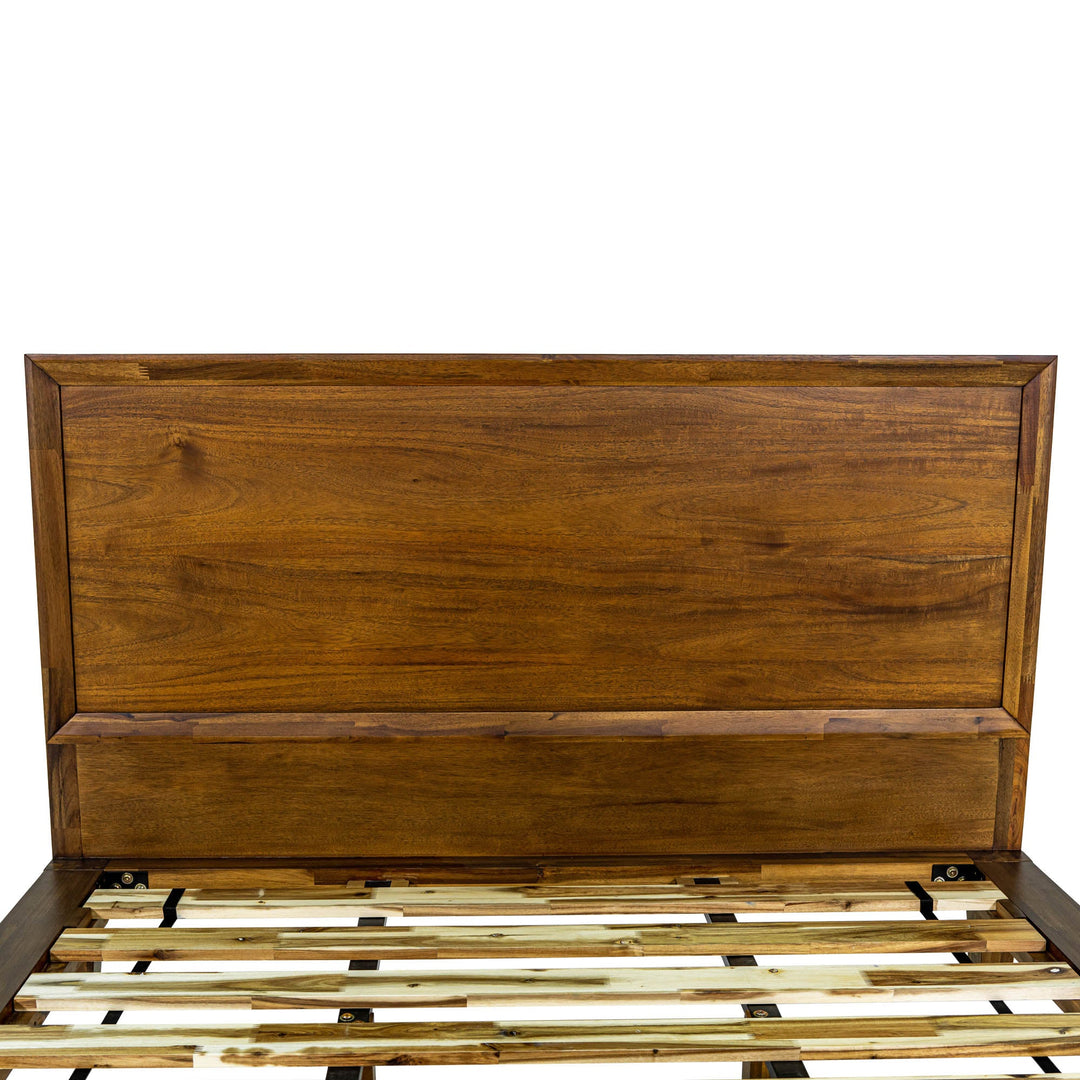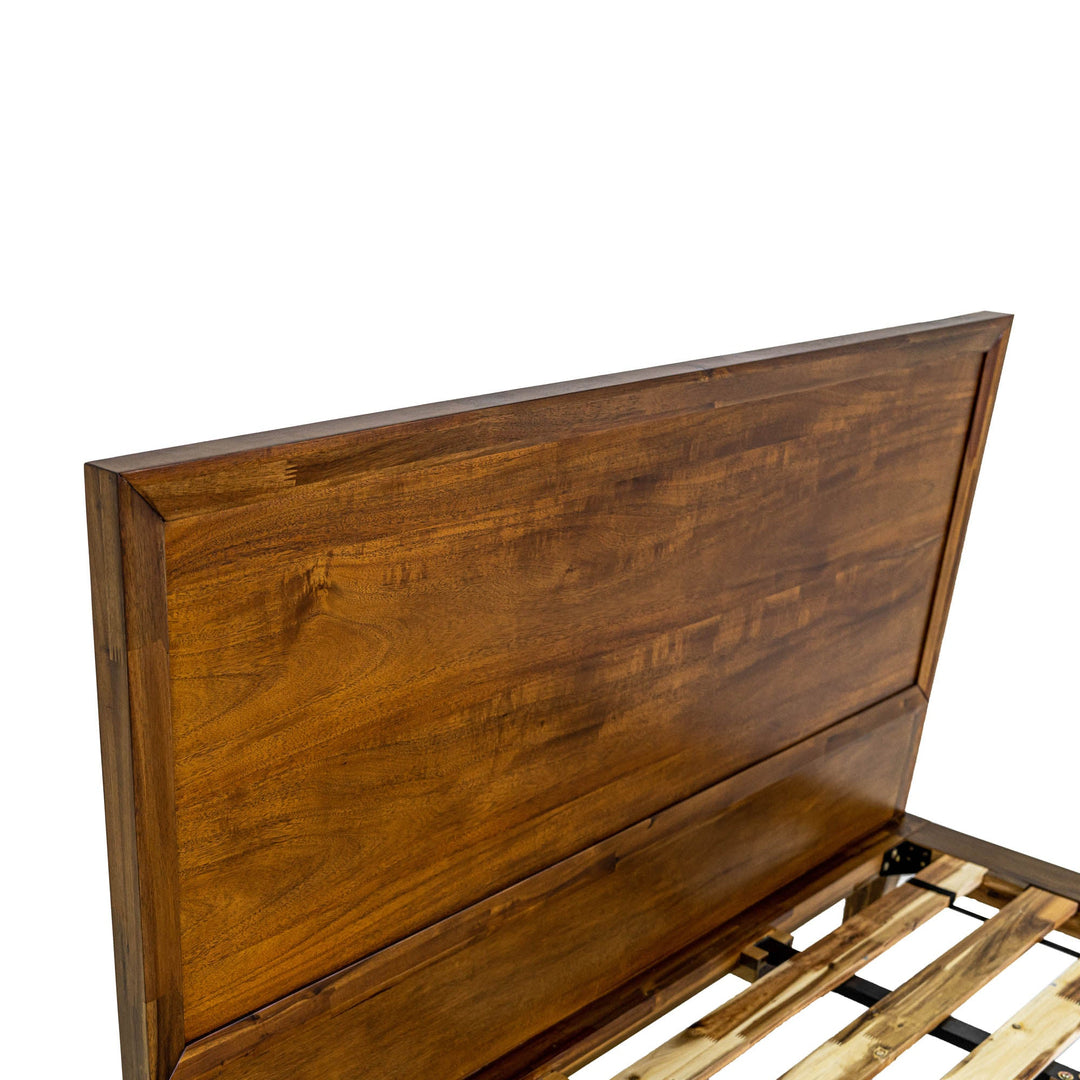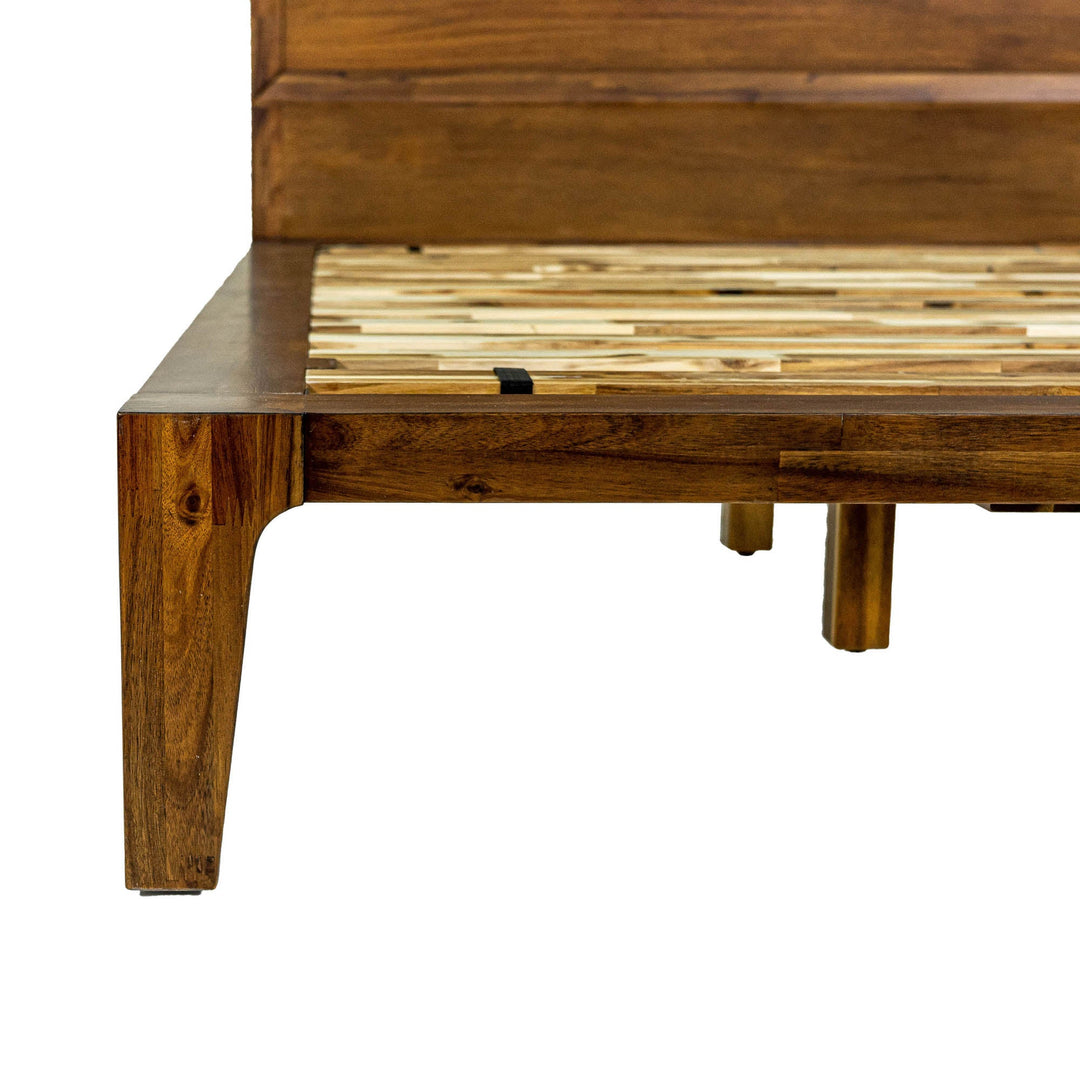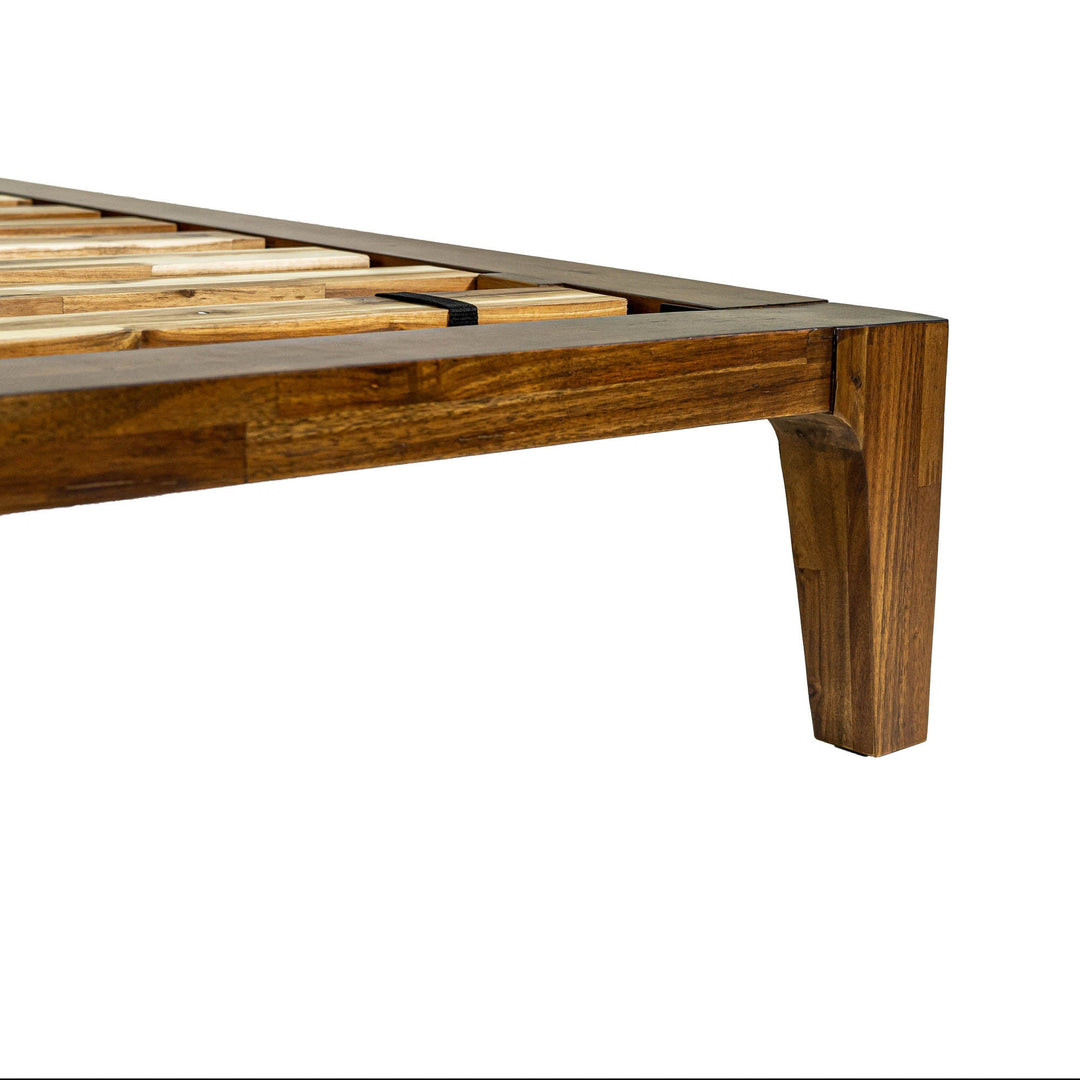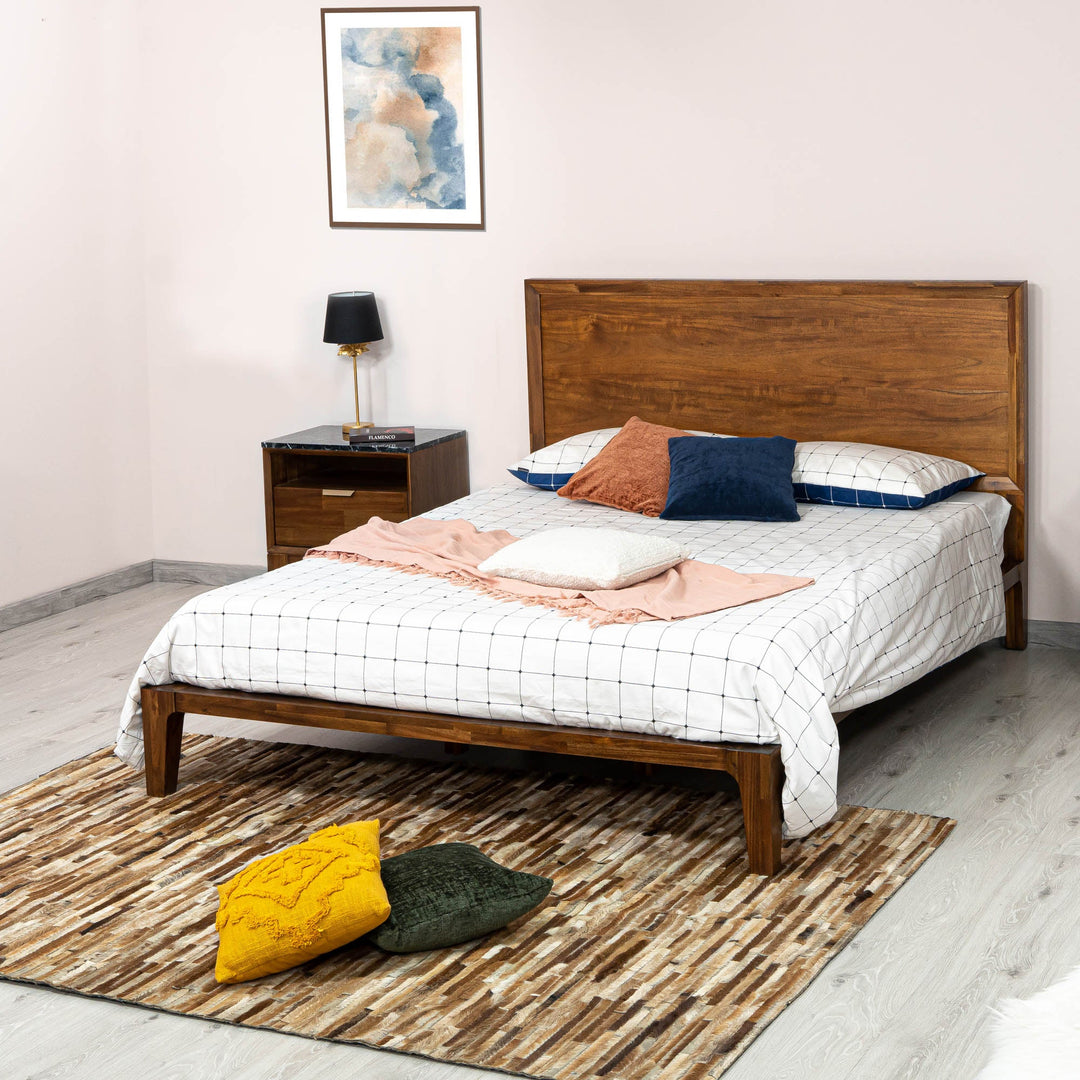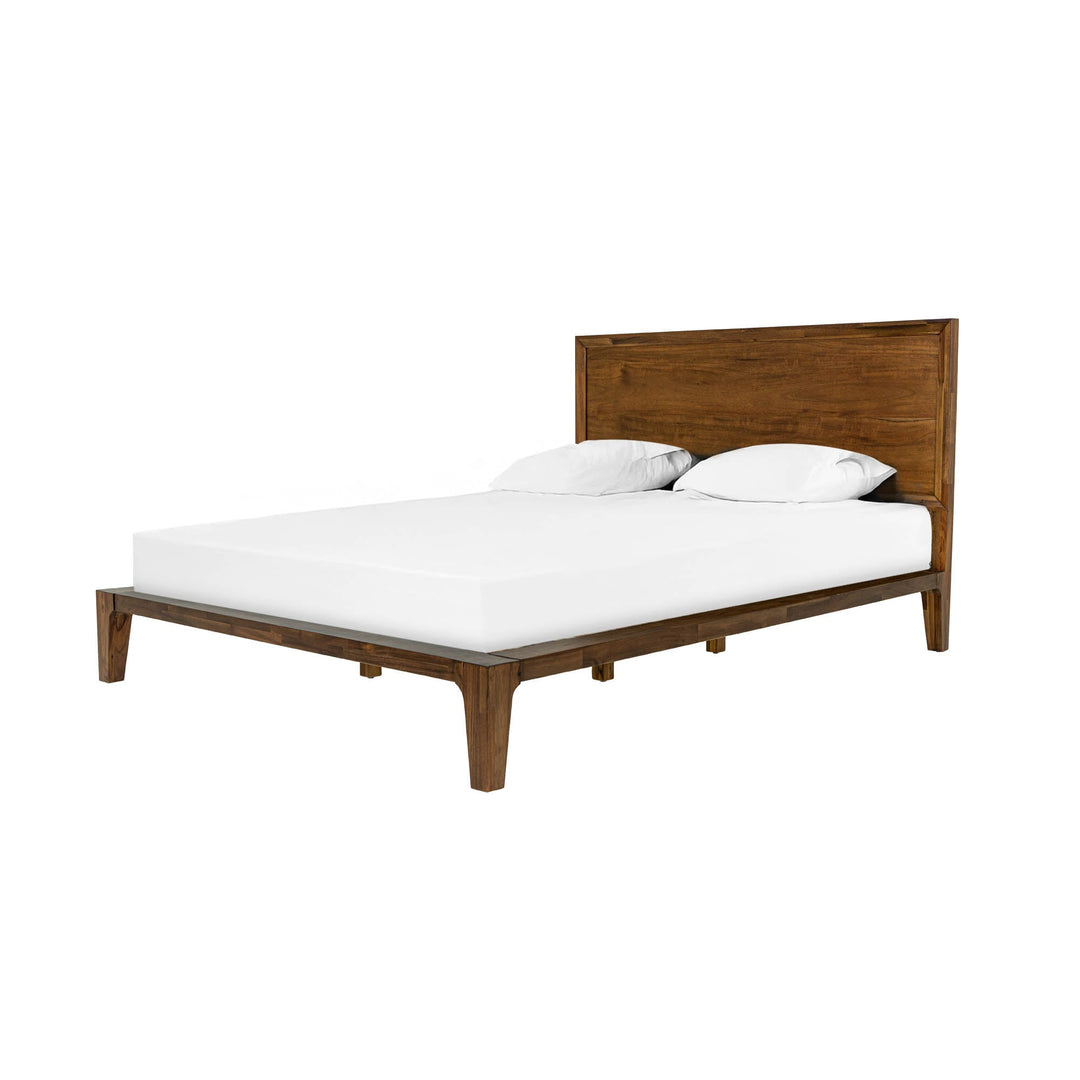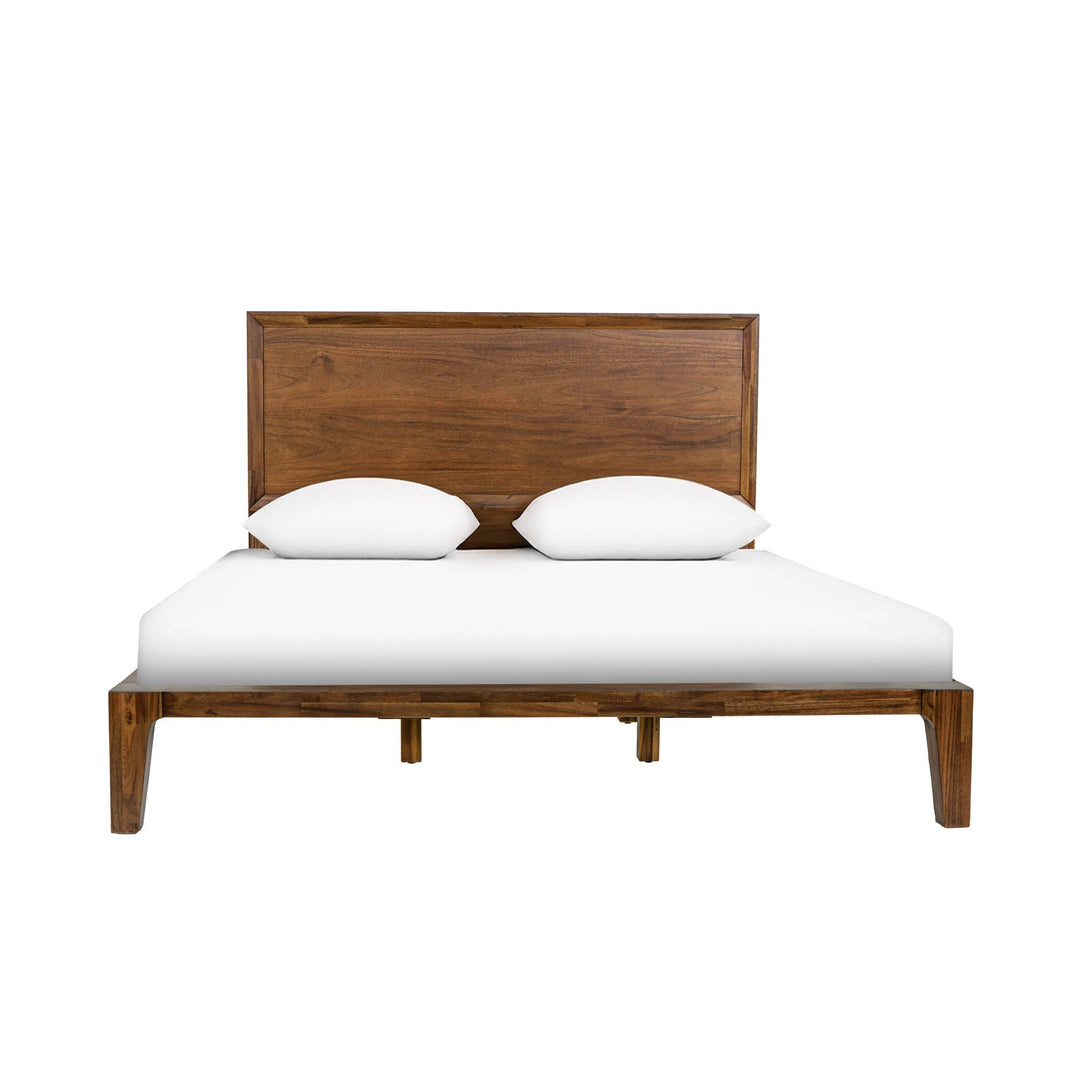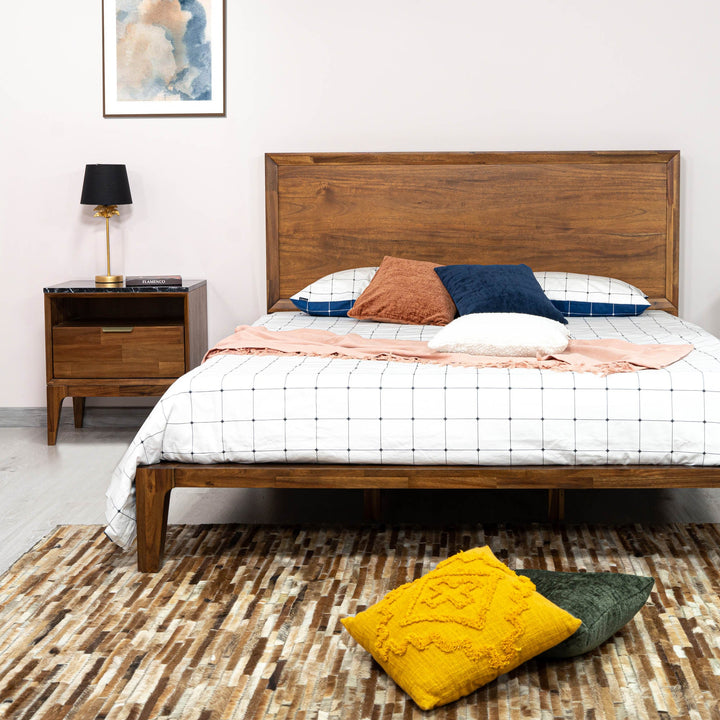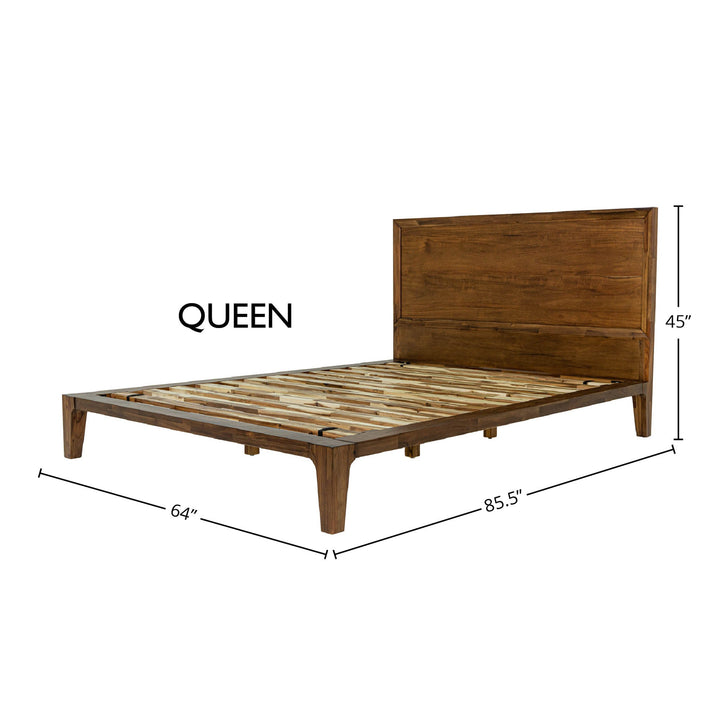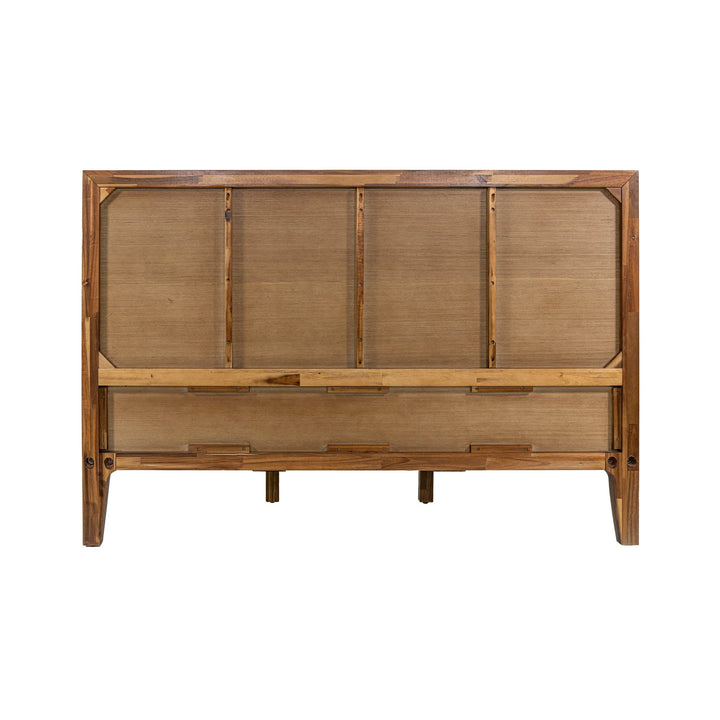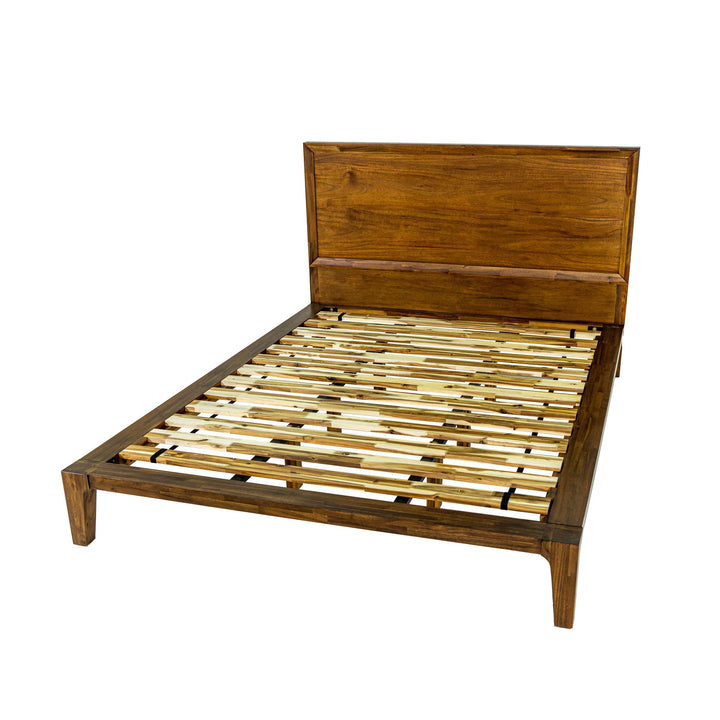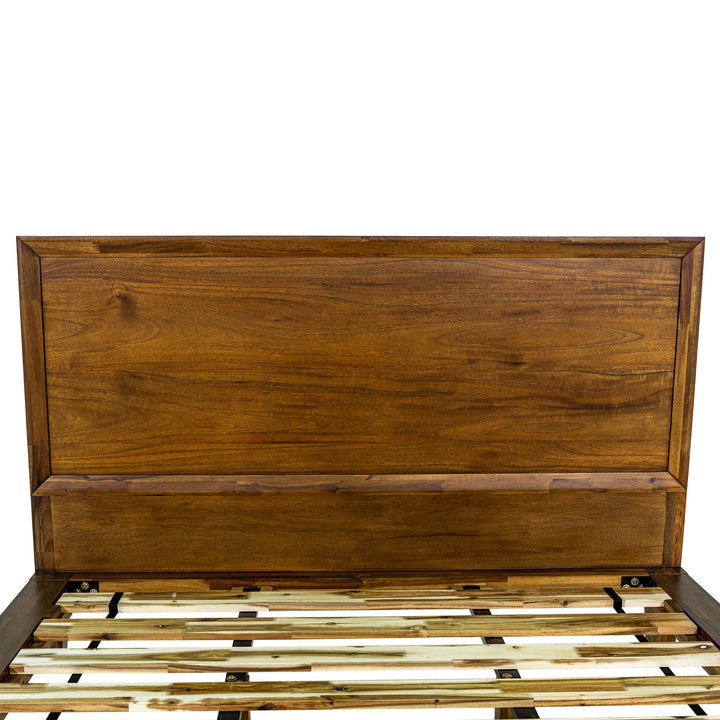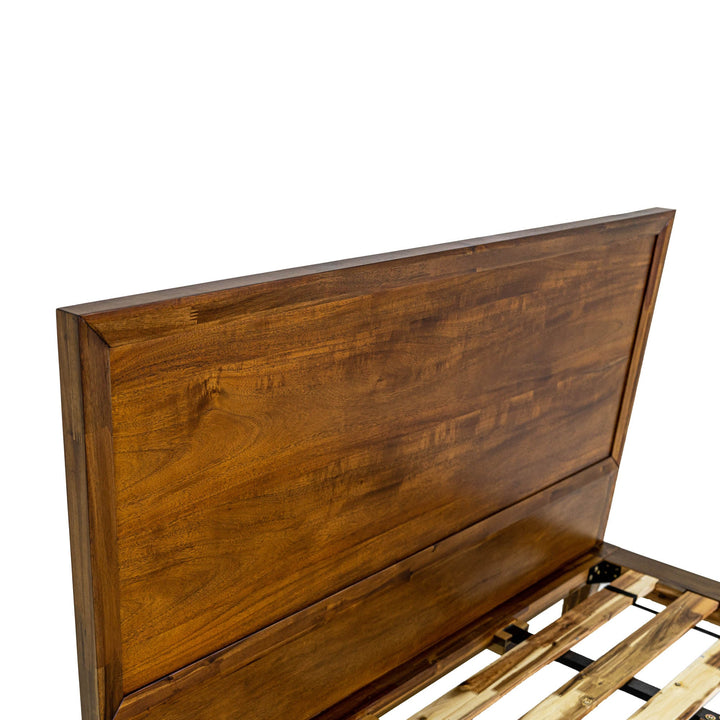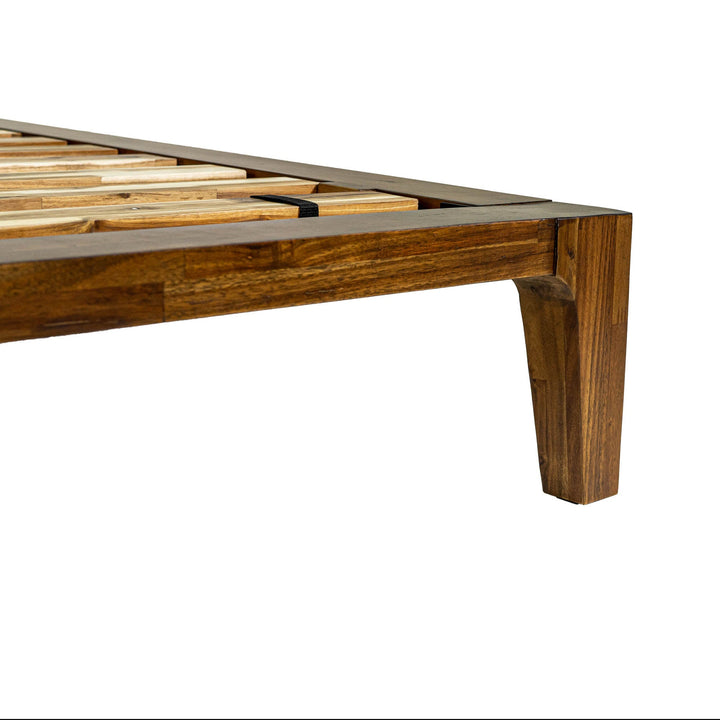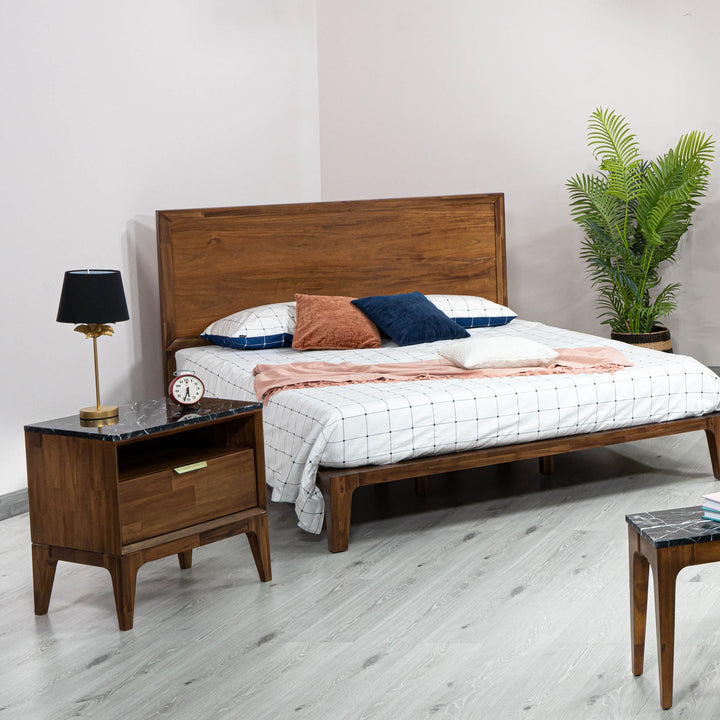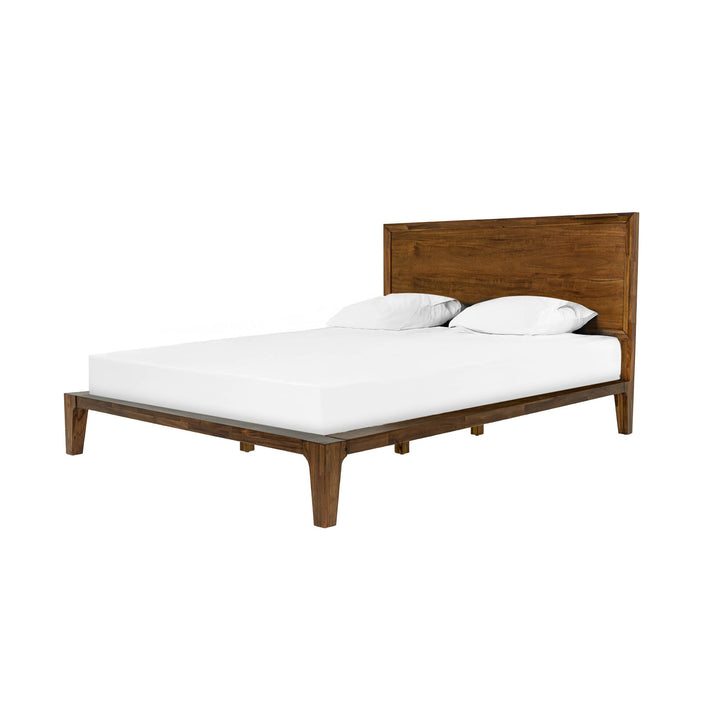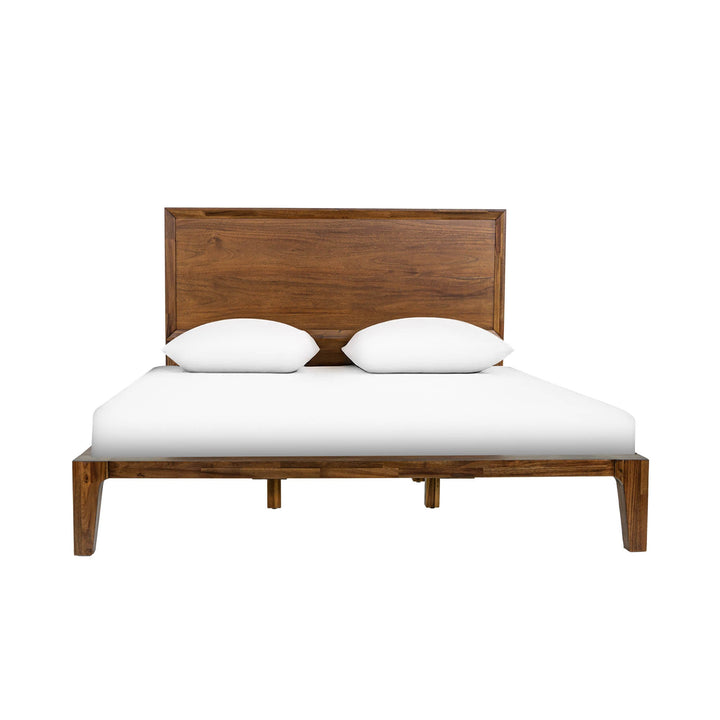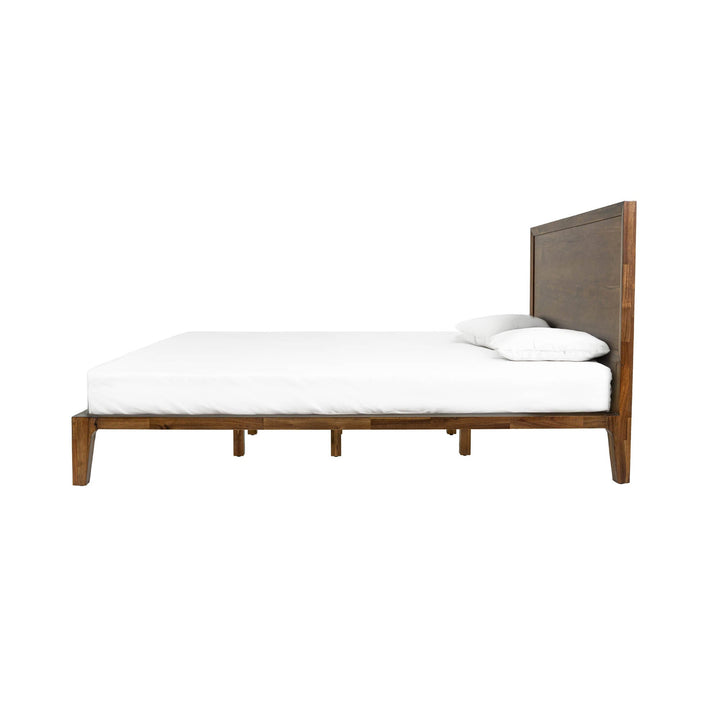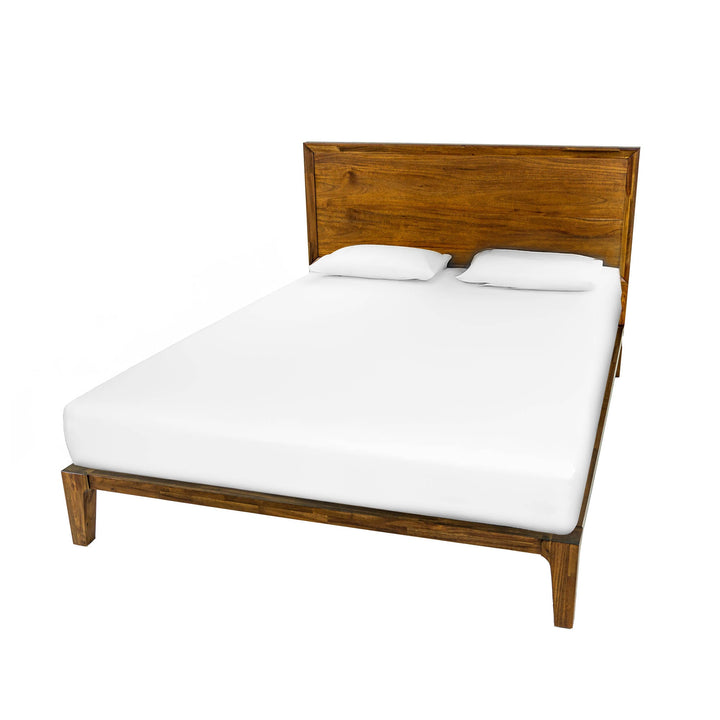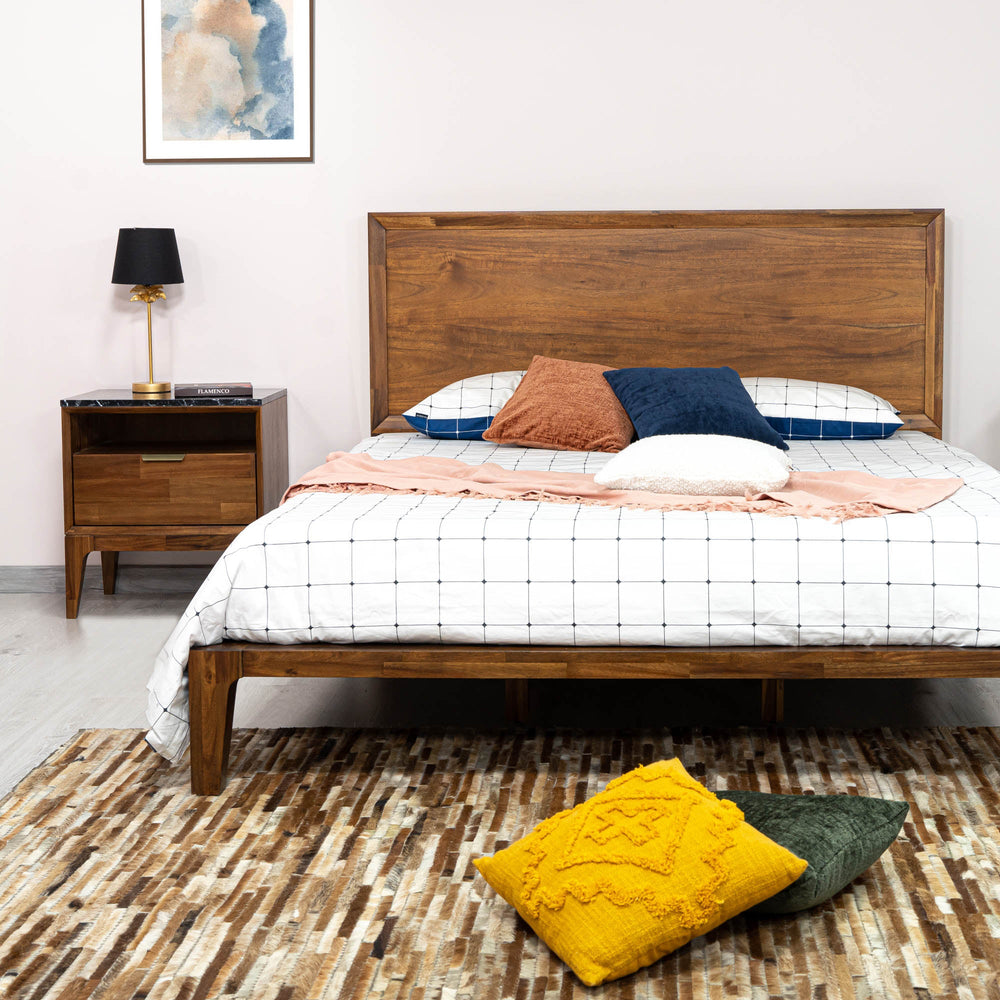General Care | Wood | Marble | Travertine | Leather | Fabric | Rugs
Our product care instructions can vary per piece, however general care details can be found below. If you have any specific questions, please feel free to contact us.
General Care
For any piece of furniture, we recommend:
- Avoiding exposure to direct sunlight to prevent fading and cracking.
- Keeping your furniture placement from any heating or cooling sources to prevent cracking.
- Using coasters and placemats for all hot or cold dishes and cups.
- Using felt tabs for decor items.
- Being aware that heavily dyed fabrics such as denim jeans can transfer on to your lighter furniture and cause discoloration.
- Avoiding possible discoloration by spot testing in an unnoticeable surface before application.
- Wiping up any spills immediately with a dry clean cloth or when necessary a warm damp cloth and mild soap.
- Avoiding the use of harsh household cleaners.
Wood
We recommend dusting furniture regularly with a microfiber cloth (or a lint-free cloth). This helps remove abrasive buildup that can damage a finish over time.
Every few months or once a year we recommend using a quality wood furniture polish to enhance the finish and keep your furniture looking new. A light application can go a long way. -- see our Beeswax.
Here are a few other tips:
- Do not use chemical cleaners. Instead use warm water and mild soap.
- Avoid placing your wood furniture in direct sunlight, near heating or cooling sources, or in extremely dry or damp areas. Long exposure to light can cause finishes to fade and extreme temperature or humidity changes can cause the wood to crack or split.
- Use placemats and coasters for hot objects such as pots and cups.
I've noticed slight movement on my wood table top, is this normal?
Wood is a natural material and although all of our wood products are kiln-dried the variation of climate in ones home can cause normal movement in wood planks. Keep an eye on this movement between seasons as we often see that wooden planks can shift in colder months and re-contract as the temperature gets warmer. The use of a touch up pen where movement has occurred is often all that is needed while you wait for re-contraction of your unique and natural table top.
If however your table is near a cooling or heating source, you should change its location to avoid further movement.
How do I clean stains and/or grease spots?
To remove grease spots, use a mild non-acidic water-based detergent or liquid soap and wipe the surface with a soft damp cloth. To avoid any possible discoloration, we recommend spot testing in an unnoticeable surface before application. It is important to know that applications and results will vary.
Marble
Marble is a natural stone which is known to be porous. Each piece of marble will vary in veining, tone and texture. The best way to protect your furniture investment is to use placemats and coasters. In addition, wipe up any spillage immediately to avoid staining.
Marble is sealed for protection, but liquids left for long periods can still affect the finish. Re-seal periodically to maintain its beauty and durability.
- Use placemats and coasters
- Wipe spills promptly
Do you recommend sealing the marble?
We recommend the use of placemats and coasters. If you are considering sealant, we do recommend speaking to your local paint or stone professional. Applications and results will vary. The use of improper sealant may void your warranty, because of this we recommend also speaking first to your local retailer before doing so.
Marble sealers are often assumed to "prevent" stains, but more accurately they help to clog the porous surface which slows down the absorption rate. Please speak with your local retailer to find out if your LH marble item is sealed, polished or raw. Each collection will vary.
Marble being a softer stone is susceptible to stains from acidic liquids such as red wine, tomato juice or lemon juice if left on too long.
What kind of sealant should I consider using?
We recommend you discuss sealant options with your local paint or hardware store professionals. Here are a few marble sealer brands to consider:
- Stonetech Bulletproof
- Tuff Duck
- MORE
How often should I seal my marble?
Depending on how often you use or clean the item, we generally suggest re-sealing the marble once a year. See your local hardware paint store for specific details that relate to your piece of furniture.
Travertine
Travertine is a natural stone with unique characteristics, enhanced by a protective wax coating to reduce staining. Depending on usage, reapply a stone wax or sealer every 6–12 months to maintain protection. Always test on a small, inconspicuous area first to ensure compatibility. We recommend consulting with your local paint or hardware store for stone-specific wax or sealers suitable for travertine.
Regular Maintenance and Cleaning:
- Dust Regularly: : Use a soft, dry cloth or microfiber duster to remove dust and debris.
- Wipe Spills Immediately: Blot (do not rub) spills with a clean, dry cloth to prevent them from penetrating the stone. This is especially important for acidic substances like wine, coffee, or citrus.
- Mild Soap & Water: Clean the surface with a soft cloth dampened with warm water and a small amount of soap. Rinse with clean water and dry immediately.
- Avoid Harsh Cleaners: Do not use vinegar, lemon juice, bleach, or other acidic or abrasive cleaners, as these can etch the surface.
Here are a few other tips:
- Use placemats and coasters for hot objects such as pots and cups.
- Avoid placing hot pots or dishes directly on the travertine. Use trivets or heat-resistant mats.
Leather
Similar to skin, leather needs to breathe. Avoid placing leather in direct sunlight, near heat sources, or in extremely dry or damp areas. When stored in really humid places for a long period of time, that increases the possibility of mold build-up. Vice versa when placed in extremely dry areas or under direct sunlight, this can dry the leather and potentially cause cracking.
For regular maintenance, dust the leather with a dry soft cloth and vacuum. Consider a leather conditioner to keep your leather looking new.
If stains become apparent, blot stains immediately and wipe the surface with a lightly damped cloth and mild detergent. Do not spot clean; wipe the entire surface area and then dry with a clean cloth. If the stain persists, please consult with a professional leather cleaner or specialist.
What kind of leather conditioner should I consider using?
Here are a few conditioners that our customers' recommend:
- Zep Leather Cleaner and Conditioner
- Leather Honey Leather Conditioner Since 1968
How often should I condition my leather sofa or chair?
Depending on how often you use or clean the item, we generally suggest conditioning your leather sofa or chair once to twice a year.
Fabric
Dust and dirt cause fabric to wear faster. For general maintenance, vacuum your upholstered furniture regularly with an upholstery attachment. To persevere the cushions’ shape, flip, rotate, and fluff the cushions weekly to every month depending on the amount of usage. To keep your upholstered furniture looking its best, consider annual professional cleaning.
Here are a few other tips:
- Pilling can occur occasionally as a result of normal daily wear and should not be considered a fault. Fiber pills an be removed with a pilling tool.
- Do not pull loose threads, instead trim them with scissors.
- Minimize fading by avoiding placement in direct sunlight, or with the use of drapes, blinds or window coverings.
- Do not dry-clean or machine wash cushion casings in order to avoid damage of the fabric or stitching.
How do I care for a spill or stain on my upholstered furniture?
As soon as a spill or stain occurs, treat it immediately for the best results. It is important to know that applications and results will vary. Below are details on how to care for small spills or stains immediately after them occurring.
- Blot the spill with a clean, dry and white cloth. Start from the outer edge of the stain and move towards the center. Do not rub as that can further spread the stain.
- If a cleaning solution is needed, we recommend using a mild upholstery cleaner. Always spot test in a discrete area first. Avoid oversaturation by using only a small amount of cleaner. Gently rub the solution in with your fingertips.
- If your cleaning solution recommends a water rinse, apply distilled water instead of tap water which may stain or discolor the fabric due to its mineral content.
- If necessary once the stain is cleaned, use a hair dryer on the lowest heat setting to evenly dry the fabric and prevent moisture rings.
For stains that persist or cover a large portion of your furniture piece we suggest consulting a cleaning professional that specializes in upholstered furniture.
Rugs
Our Namaste rugs are 80% sheep wool and 20% cotton. Below are details for general care of these unique and vintage rugs:
- Vacuum once or twice a month in one direction only. Turn off the vacuum beater bar as this can damage the fibers of the wool.
- Rotate your rug once a year. This is especially good practice if your rug gets sunlight.
- Wash by professionals every 3-4 years, dependent on usage.
- Spot cleaning needs immediate action. Rub the spot/area with cotton fabric and mild water only.
Thank you for your interest in our products! Search for retailers near you by filling in the form below.
Once your request has been sent, a LH member will contact you via e-mail with a retailer name and address best suited for your request and location.
Thank you for your interest in our products! Search for retailers near you by filling in the form below.
Once your request has been sent, a LH member will contact you via e-mail with a retailer name and address best suited for your request and location.
See something you like and want to know where you can get it? Fill out this short form, and our team will help you find your nearest retailer.

